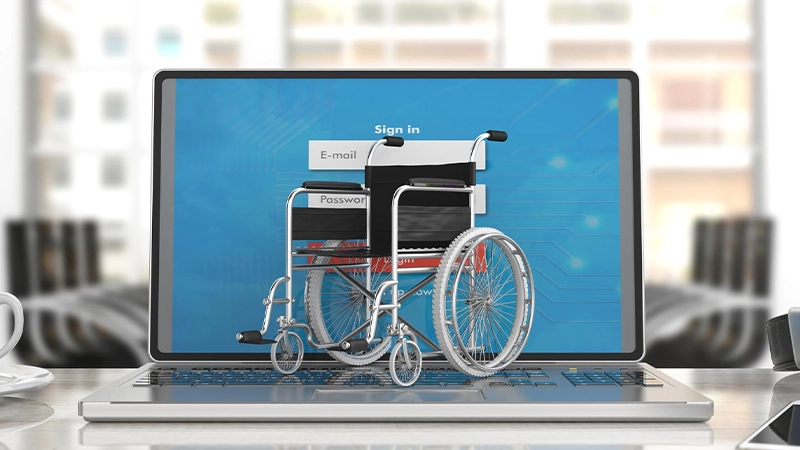
In today’s digital world, accessibility is more than a legal obligation-it’s a way to create an inclusive online experience for everyone. ADA compliance in web design ensures that people with disabilities can access and interact with websites seamlessly. Let’s explore why ADA compliance matters and how it benefits both users and businesses.
What Is ADA Compliance?
The Americans with Disabilities Act (ADA) requires businesses and organizations to make their services accessible to people with disabilities. In web design, this means adhering to guidelines that ensure websites are usable by individuals with visual, auditory, physical, and cognitive impairments.
Why Is ADA Compliance Important?
- Inclusivity and Equal Access
- Legal Protection
- Improved User Experience
- SEO Benefits
- Brand Reputation
ADA compliance ensures your website is accessible to all users, including those with disabilities. Features like screen reader compatibility, keyboard navigation, and alternative text for images make your site usable for everyone.
Non-compliance can lead to lawsuits and penalties. By adhering to ADA standards, you mitigate legal risks and demonstrate your commitment to accessibility.
Accessible websites are user-friendly for all visitors, not just those with disabilities. Features like clear navigation, readable fonts, and intuitive design improve the overall user experience.
Many accessibility features, such as descriptive alt text and structured content, align with search engine optimization (SEO) best practices. This can improve your site’s visibility and rankings.
An accessible website reflects positively on your brand. It shows that your company values inclusivity and cares about providing equal opportunities for all users.
Key Elements of ADA-Compliant Web Design
- Keyboard Navigation Ensure all functionality is accessible using a keyboard, as some users cannot operate a mouse.
- Alt Text for Images Provide descriptive alt text for images to help screen readers convey the content to visually impaired users.
- Captions and Transcripts Include captions for videos and transcripts for audio content to assist users with hearing impairments.
- Readable Text Use clear, legible fonts and ensure sufficient color contrast between text and background.
- Responsive Design Create a design that adapts seamlessly to different devices and screen sizes, accommodating users with varying needs.
At kreativefolio we specialize in designing ADA-compliant websites that prioritize accessibility and inclusivity. Our team ensures that your website meets all accessibility standards while delivering a visually appealing and functional design.

ADA compliance in web design is not just a legal requirement-it’s a moral responsibility and a smart business move. By making your website accessible to everyone, you enhance user experience, protect your business from legal risks, and foster a positive brand image.
